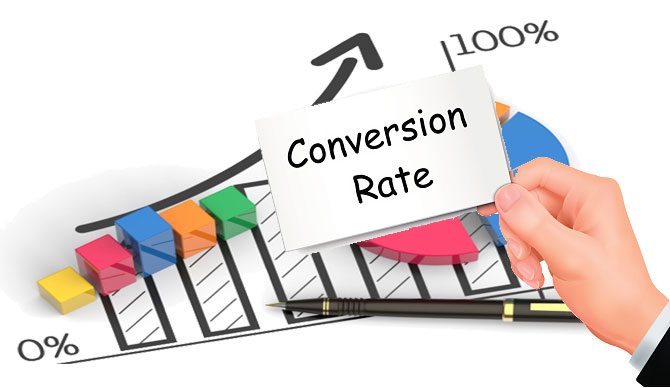Customer Conversion Rate
What is Customer Conversion Rate?
Definition:
“Customer Conversion Rate” is a metric used in marketing and e-commerce to measure the percentage of website visitors or potential customers who take a desired action, such as making a purchase, signing up for a newsletter, or filling out a form. It is a key performance indicator (KPI) that provides insights into the effectiveness of a business’s sales and marketing strategies. A higher conversion rate indicates a higher proportion of successful conversions relative to the total number of visitors.
Analogy:
Think of the customer conversion rate as a success rate in a game. Just as the success rate in a game indicates how many attempts result in success, the customer conversion rate reveals the percentage of website visitors who successfully convert into customers or take a specific action.
Further Description:
The customer conversion rate is typically calculated by dividing the number of conversions (desired actions) by the total number of visitors and then multiplying by 100 to express it as a percentage. The formula is:
Conversion Rate=(Number of Conversions/Total Number of Visitors)×100
This metric is crucial for businesses to evaluate the performance of their marketing campaigns, optimize website content, and enhance user experience to boost conversions.
Conversion rate optimization (CRO) strategies focus on improving the elements of a website or marketing campaign to increase the likelihood of visitors taking the desired action. A variety of factors, including website design, content quality, call-to-action buttons, and overall user experience, can impact the customer conversion rate.
Why is Customer Conversion Rate Important?
The customer conversion rate is a vital metric because it directly reflects the effectiveness of a business’s marketing efforts and the overall appeal of its offerings. Monitoring and optimizing this rate can lead to increased revenue, improved return on investment (ROI), and a better understanding of customer behavior. A higher conversion rate indicates that a business is successfully turning potential customers into actual customers.
Examples and Usage:
E-commerce Purchase Conversion Rate: Measures the percentage of website visitors who make a purchase from an online store.
Lead Generation Conversion Rate: Evaluate the success of converting website visitors into leads through sign-up forms or contact inquiries.
Email Subscription Conversion Rate: Tracks the percentage of visitors who subscribe to a newsletter or opt-in for email updates.
Content Download Conversion Rate: Measures how many visitors download a piece of content, such as an eBook or whitepaper.
Basically, the Customer Conversion Rate is a metric that measures the percentage of website visitors or potential customers who take a desired action, such as making a purchase or signing up for a service. It is a key indicator of marketing and sales effectiveness.
For example, an e-commerce website might track the conversion rate for product purchases to assess the success of its online sales strategy and identify areas for improvement.
Key Takeaways:
- Customer Conversion Rate is a metric that measures the percentage of website visitors who take a desired action.
- It is calculated by dividing the number of conversions by the total number of visitors and multiplying by 100.
- Conversion rate optimization (CRO) focuses on improving website elements to increase the likelihood of visitor conversions.
- Examples include e-commerce purchase conversion rate, lead generation conversion rate, email subscription conversion rate, and content download conversion rate.





